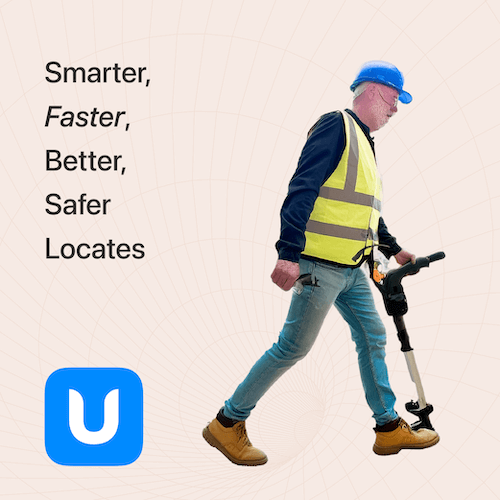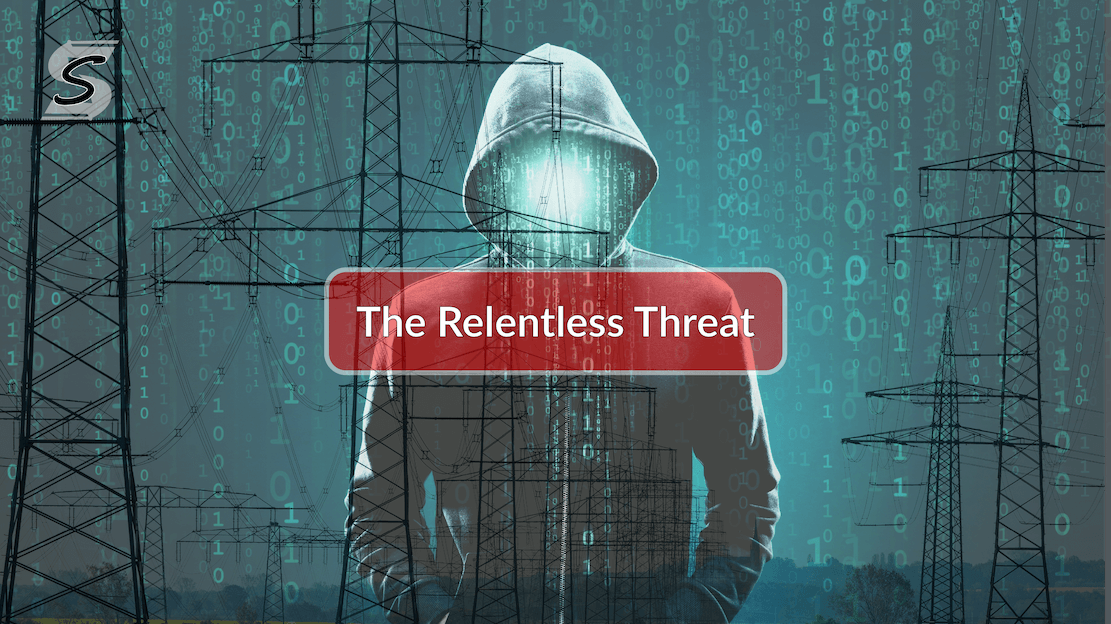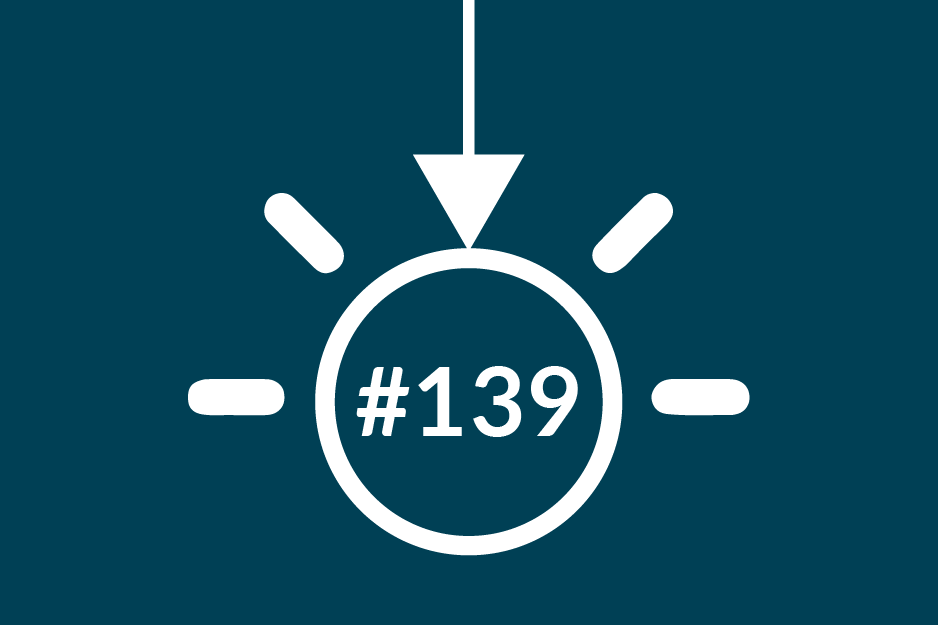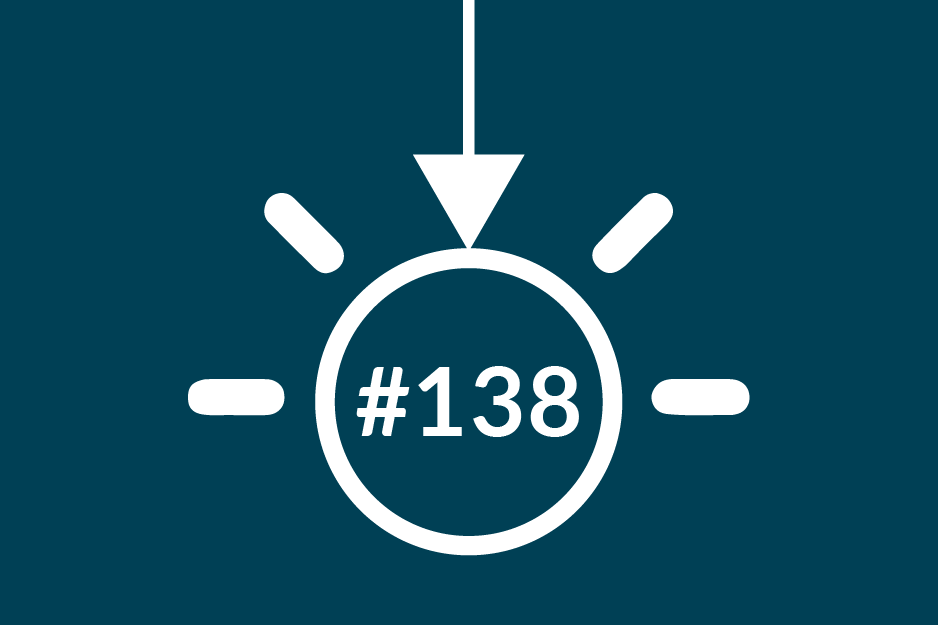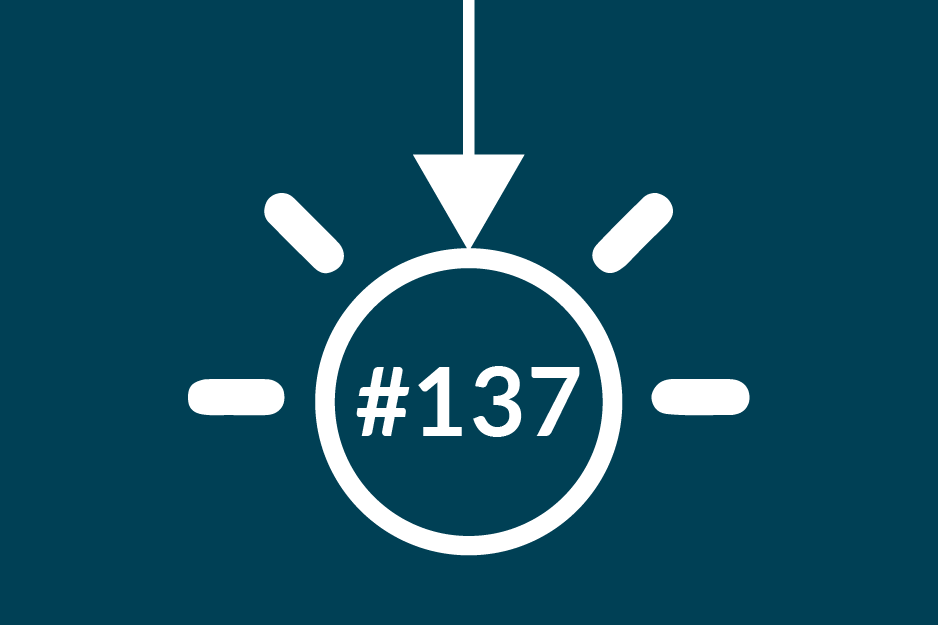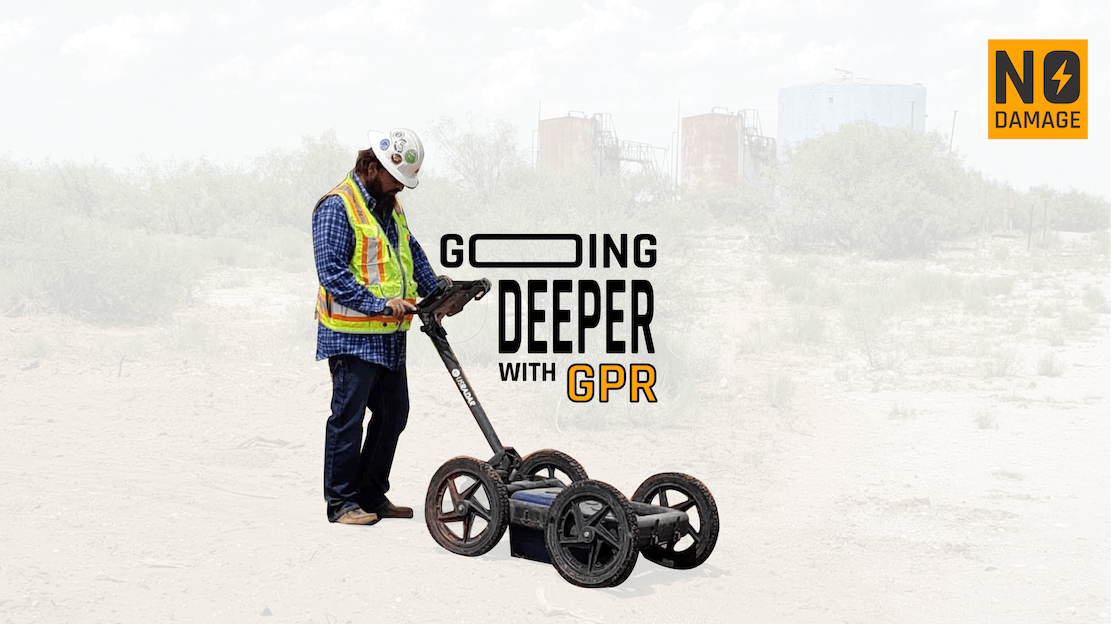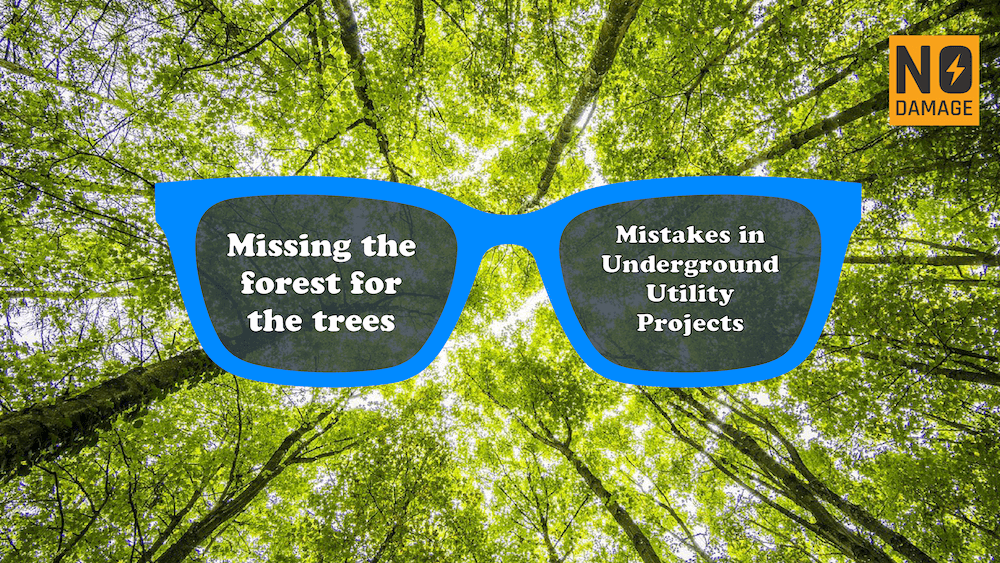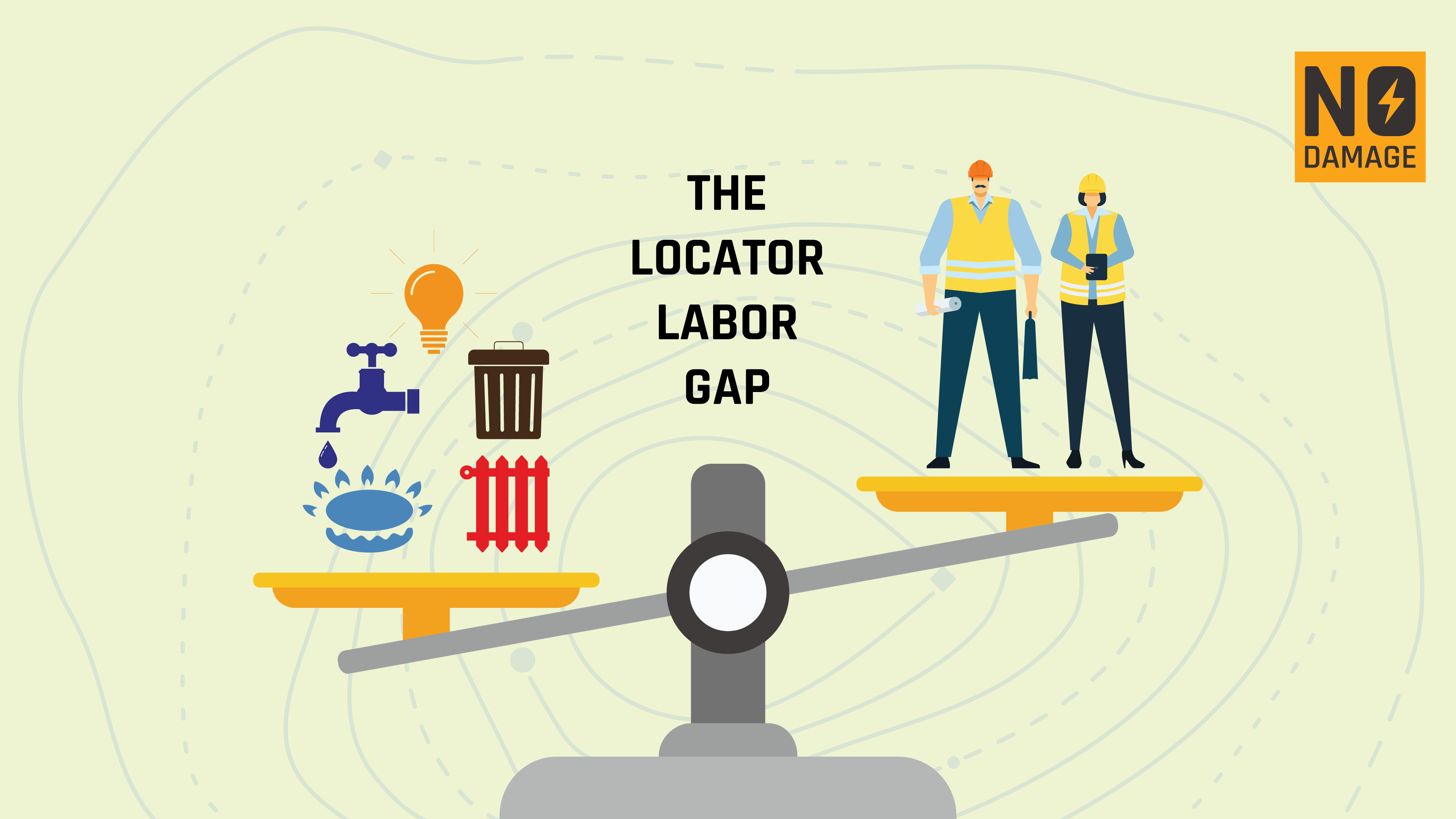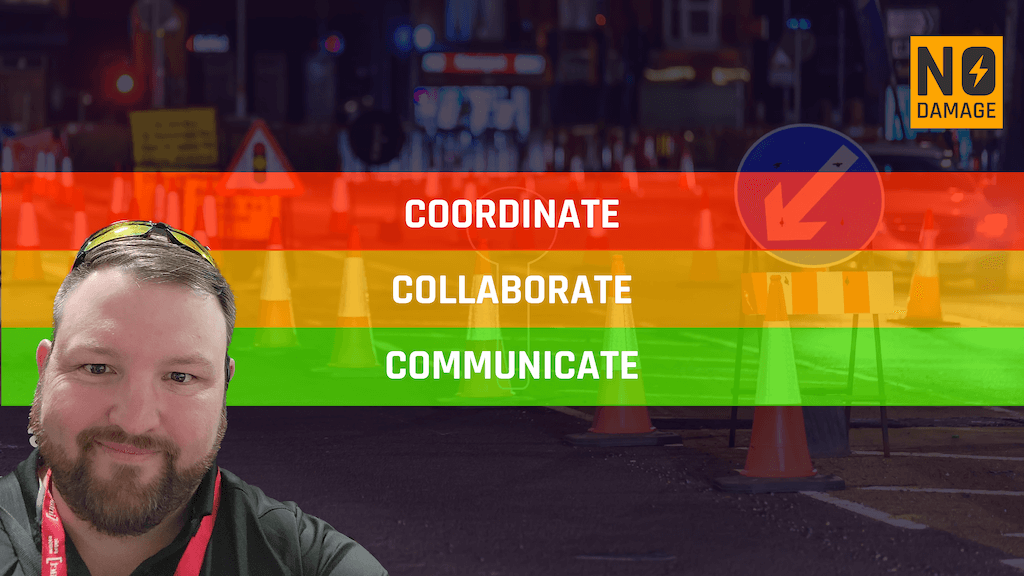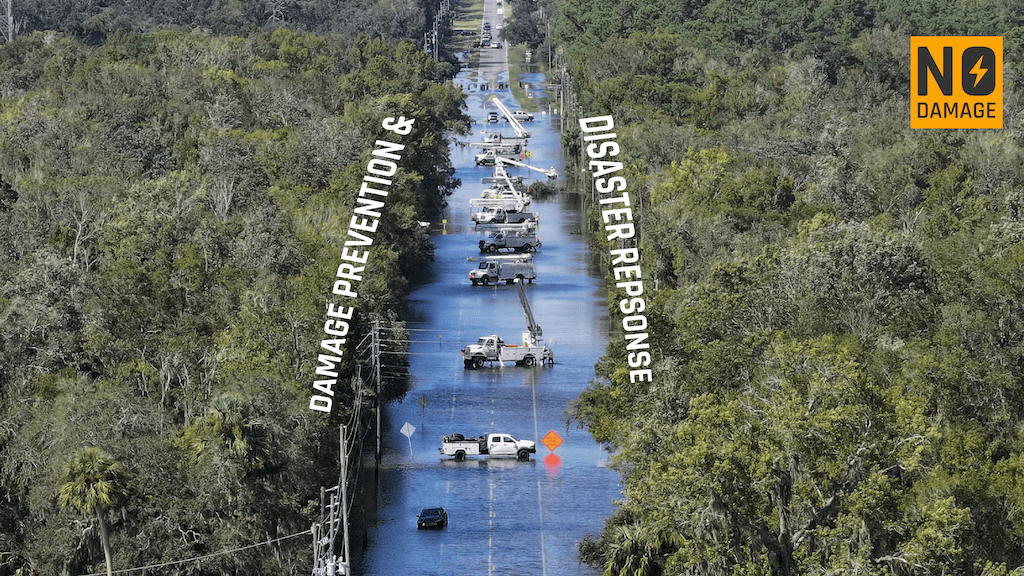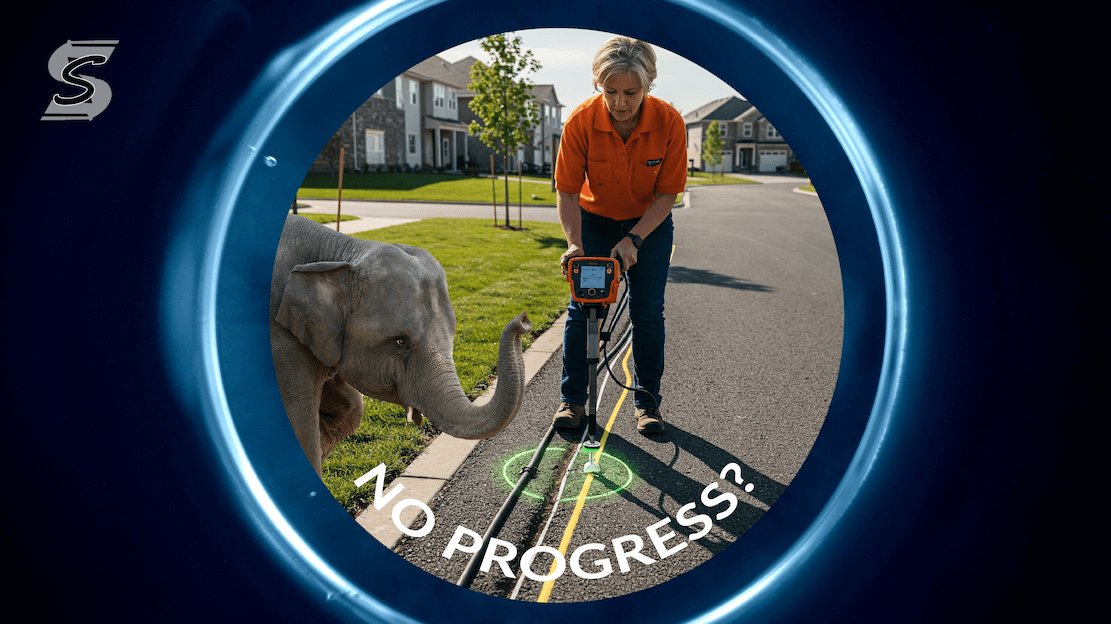
"Nothing new this year," the comment lingered with me last week at the CGA Conference & Expo. On the surface, it's easy to understand the sentiment. Perhaps the elephant in the room is the perception that the groundbreaking (pardon the pun), paradigm-shifting innovations – the kind that completely redefine how we approach damage prevention – are a thing of the past. But to equate a lack of revolutionary change with a lack of progress is to miss the subtle yet significant advancements that are steadily shaping the future of utility locating, excavation, and utility management.
Consider the trajectory of technology in other sectors. Apple, a company synonymous with innovation, rarely unveils entirely new product categories. Instead, their genius lies in consistent iteration, refining existing technologies, and seamlessly integrating them into user-friendly experiences. Each iPhone release isn't a complete reinvention; it's a step forward, building upon the foundation laid by its predecessors. The camera gets better, the processor faster, the software more intuitive. These incremental improvements, over time, have collectively revolutionized mobile communication and countless other aspects of our lives.
The same principle applies to the damage prevention industry and wider utility world. While we may not have witnessed a single, earth-shattering invention at the latest CGA event, the reality is a continuous stream of smaller, yet crucial, advancements. Think about the evolution of locating equipment. We've moved from basic electromagnetic locators to sophisticated multi-frequency devices, GPS-enabled mapping tools, and even ground-penetrating radar (GPR) systems that offer a glimpse beneath the surface. Each of these developments, while perhaps not a "big bang" innovation, has incrementally enhanced accuracy, efficiency, and, most importantly, safety.
Excavation practices are also evolving. Advanced machine control systems offer greater precision, reducing the risk of hitting buried infrastructure. Digital as-built records, accessible in the field via mobile devices, provide excavators with crucial information at their fingertips. And the increasing adoption of communication platforms fosters better coordination between excavators and utility owners.
Utilities themselves are leveraging technology to improve asset management and risk mitigation. GIS provide detailed mapping of underground infrastructure. Leak detection technologies are becoming more sophisticated, allowing for proactive maintenance and preventing potentially hazardous situations. The integration of real-time monitoring systems can provide early warnings of potential issues.
The Untapped Potential: AI and the Path Forward
At the Urbint booth, a key focus was on showcasing how we've integrated risk and impact scoring within our new, ticket management system. While Urbint has offered this AI-driven risk assessment for a while, the new platform represents a significant advancement. It's more efficient, quicker, and more effective, enabling our customers to seamlessly integrate risk insights into their daily workflows, improving decision-making at every stage of the locate process.
The building blocks for these AI-driven solutions like data, computing power, and algorithms are largely available. However, as William Gibson insightfully noted, "The future is already here – it's just not evenly distributed." This rings particularly true when considering risk and impact scoring. Historically, major utilities, with their strong focus on safety investment, have often been the primary adopters of these sophisticated tools. This has created a gap, leaving contract locators and smaller companies without the same level of proactive risk management.
Urbint is committed to changing this. By seamlessly integrating risk and impact scoring into our new ticket management platform, we're democratizing access to this critical technology. We're speeding up the process by which these essential tools reach a wider range of users, empowering them to enhance safety and efficiency.
Some may argue that AI-driven solutions require further refinement before widespread adoption. However, as Peter Drucker wisely stated, "The best way to predict the future is to create it." We cannot afford to wait for an unattainable ideal of perfection. We must leverage the powerful tools already at our disposal to drive meaningful progress in underground safety.
Embracing the Iterative Journey: Action Over Apathy
Consider the perspective of a utility locator struggling to pinpoint a congested underground environment with outdated equipment. Or the excavator facing the daunting task of digging near critical infrastructure with limited information. Or the utility manager grappling with an aging network and the constant threat of third-party damage. For these individuals, even incremental improvements in technology can translate into tangible benefits: reduced risk, increased efficiency, and ultimately, safer operations.
The sentiment of "nothing new" at industry events often stems from a focus on revolutionary leaps rather than the steady march of evolutionary progress. But the truth is, innovation in our field is often a cumulative process. It's the aggregation of smaller advancements, the intelligent application of existing technologies, and the gradual integration of transformative concepts like AI that will ultimately lead to a safer and more efficient underground infrastructure. To be honest that's one of my favorite aspects about our industry, pretty much everyone is willing to work together - whether on committees at the CGA or outside in everyday life, we come together, bring whatever tools (including tech) we have to the table and attempt to figure it out. Eventually we'll solve huge problems with ease but right now it's bit by bit.
This year's CGA event may not have unveiled a single, silver-bullet solution. But beneath the surface of seemingly incremental changes lies a wealth of potential. It's up to utility locators, excavators, and utilities to actively seek out, embrace, and integrate these technologies into their operations. Let's not wait for the perfect future to arrive; let's build it, step by step, innovation by iteration. As the saying goes, "there is only one way to eat an elephant: a bite at a time." Our journey towards a safer underground world continues, one technological advancement at a time.
Share this Post
